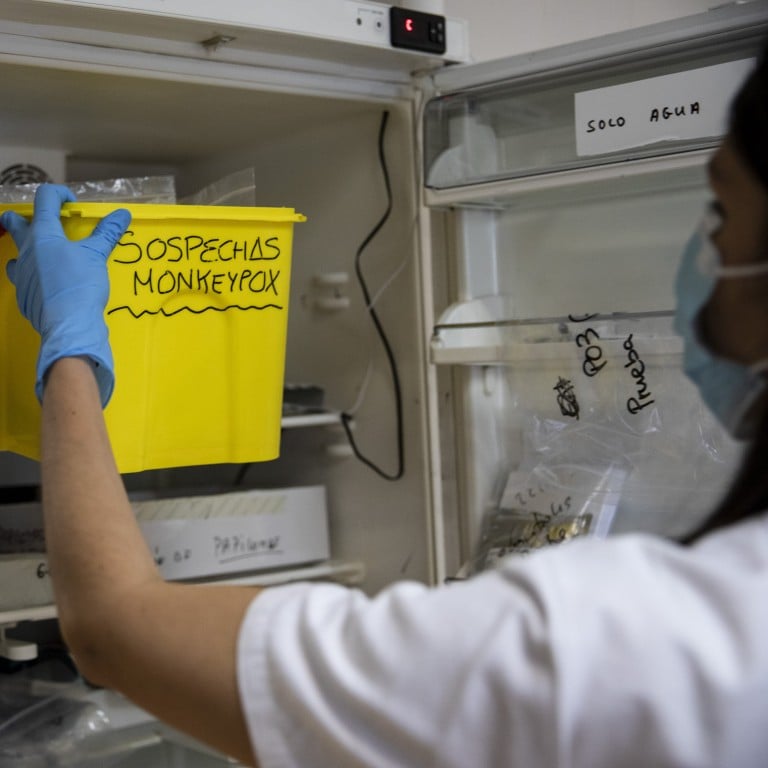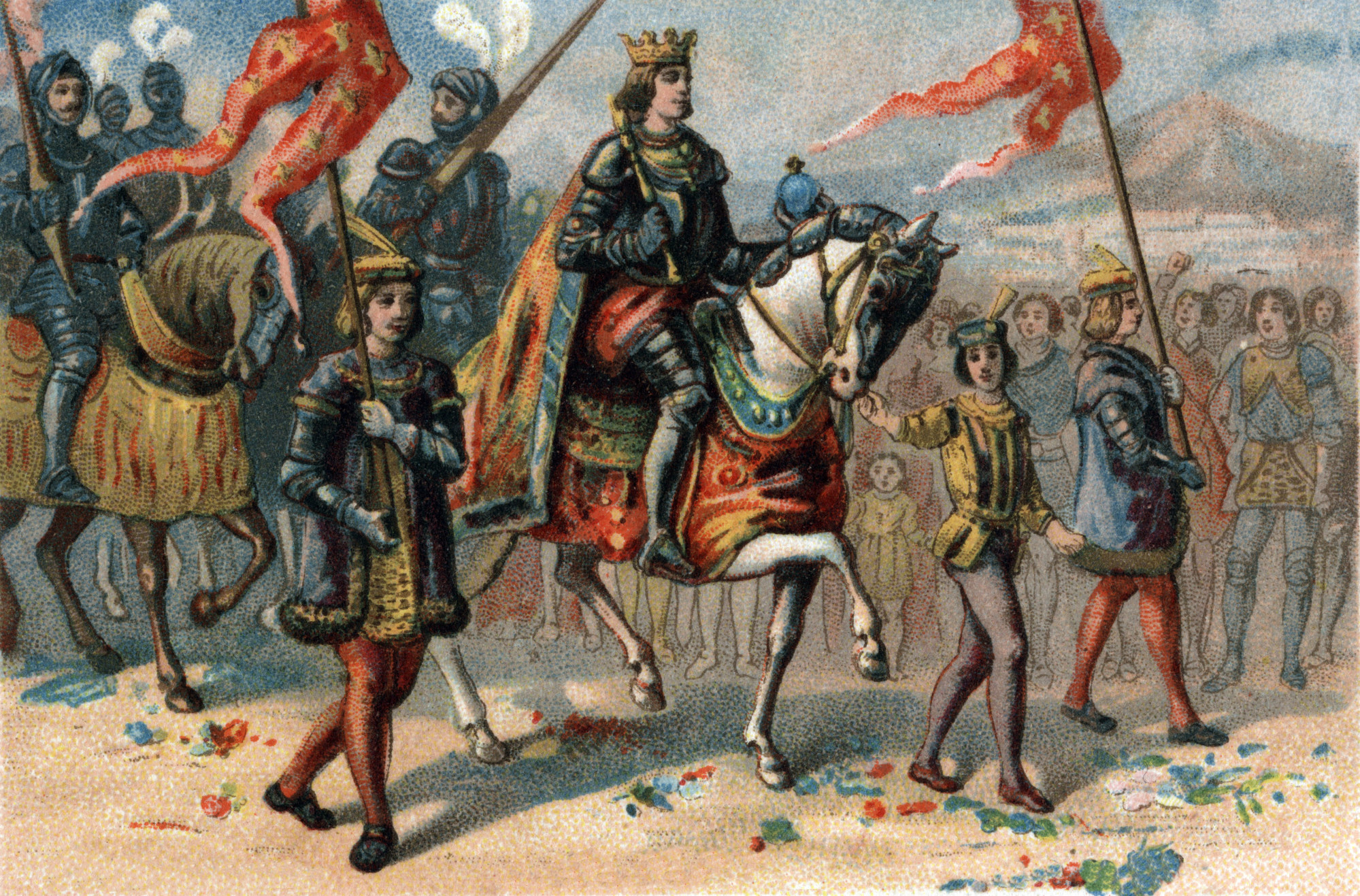
Where the word pox comes from, its derivatives monkeypox, chickenpox and smallpox, and why syphilis was called the pox
- Pox is a plural form of the Middle English pock, meaning a pustule, blister, ulcer or vesicle. Pox was another name for syphilis, also called the great pox
- Smallpox was so named to distinguish it from the great pox. Monkeypox, although first found in lab monkeys shipped from Singapore, resides in African rodents
The word “pox” has great currency these days, with the global spread of monkeypox. In its acronym, MPX, the last two letters represent the consonants in “pox”.
The word, however, has its origins as an alternative spelling of pocks, plural of pock, referring to a pustule, vesicle, blister or ulcer. The word ultimately originates in the Proto-Germanic *puh (h) – meaning “to swell up, blow up”. This underwent various spelling changes: poc in Old English, pok, poke or pocke through to Middle English, and settling on pock from the 1500s.
Later, pock came to refer especially to pustules typical of chickenpox and smallpox, or the scar they left behind, a pockmark. The plural form pockes/pokkes in late-14th century Middle English, referring to the disease, is said to have been the source of the late-15th-century spelling pox.
Pox came to be used specifically for syphilis, a bacterial infection that starts as painless sores, typically on the genitals, rectum or mouth. This was frequently accompanied by a preceding modifier. In the early 16th century, syphilis was called French pox, because its first European outbreak in the 1490s, in Naples, Italy, was claimed to have been spread by invading French troops.

As it was one of the largest public health burdens in the 16th to 19th centuries, it was also described as “the foule, and contagious Disease of the Great Pox”. Consequently, what we call smallpox, the disease caused by the variola major virus involving skin eruptions that leave cratered pockmarks, was first so named in 16th-century Britain, to distinguish it from the great pox.
Chickenpox may have been so called due to the relative mildness of the disease, as various dictionaries note. An association with chickpeas resembling chickenpox vesicles is also suggested.

Another explanation lies in the word chequin, originally from zecchino, the Venetian gold coin that had currency in India, which became the Anglo-Indian English chickeen or chick, the value of four rupees. With its relatively small value, this could by extension indicate a less serious infection.
The name “monkeypox” stems from the first documented case of the disease, in 1958, when laboratory monkeys shipped from Singapore to a research facility in Denmark fell ill. However, it is important to note that monkeys are not major carriers of the disease – African rodents are said to be the natural reservoir of the virus. And the virus does not jump from monkeys to humans.
The World Health Organization has long urged care in naming diseases. Indeed – a pox upon stigmatising or confusing names!

